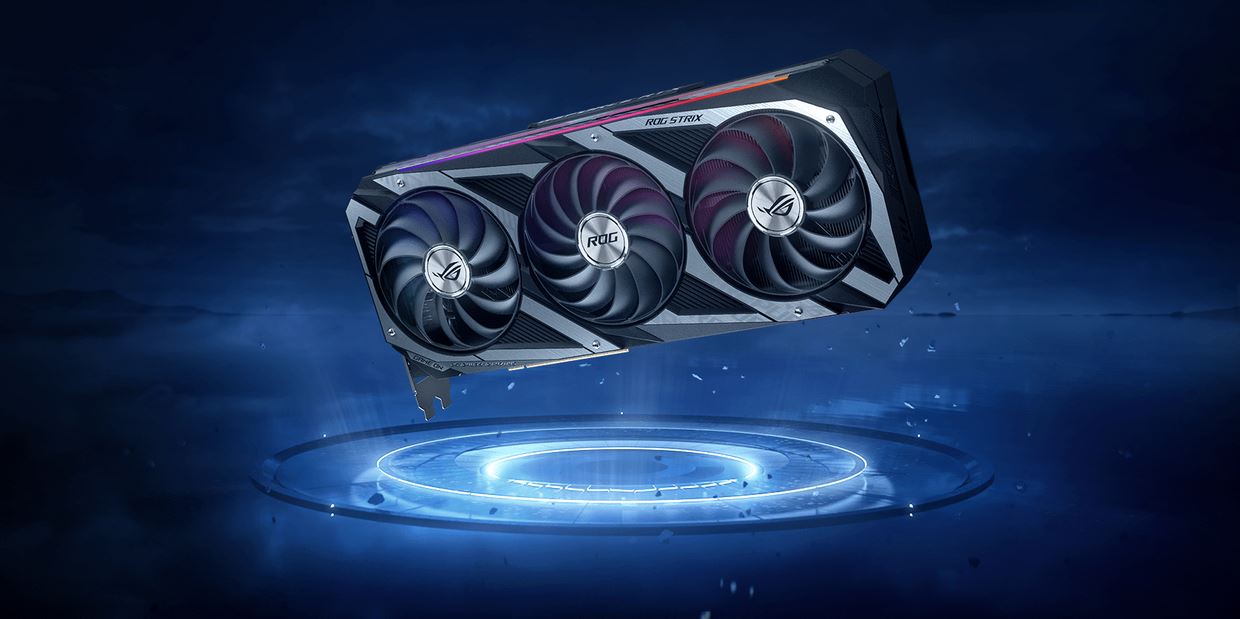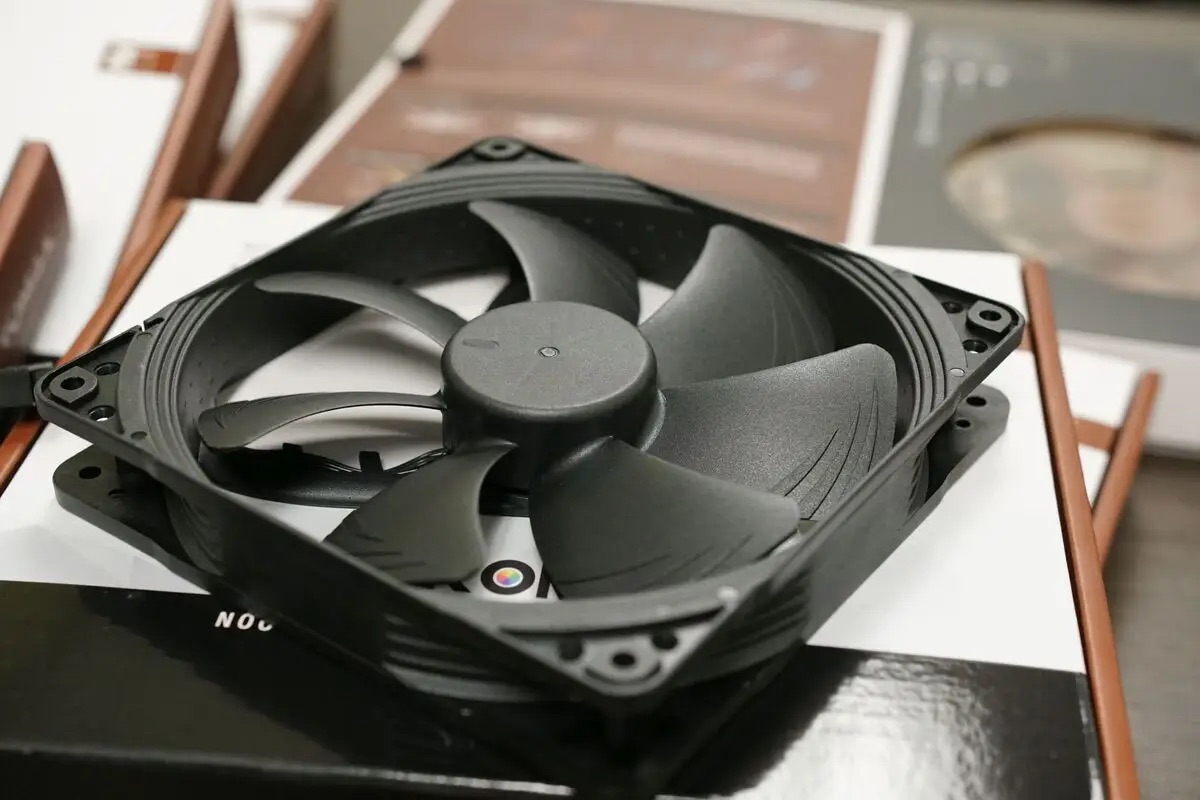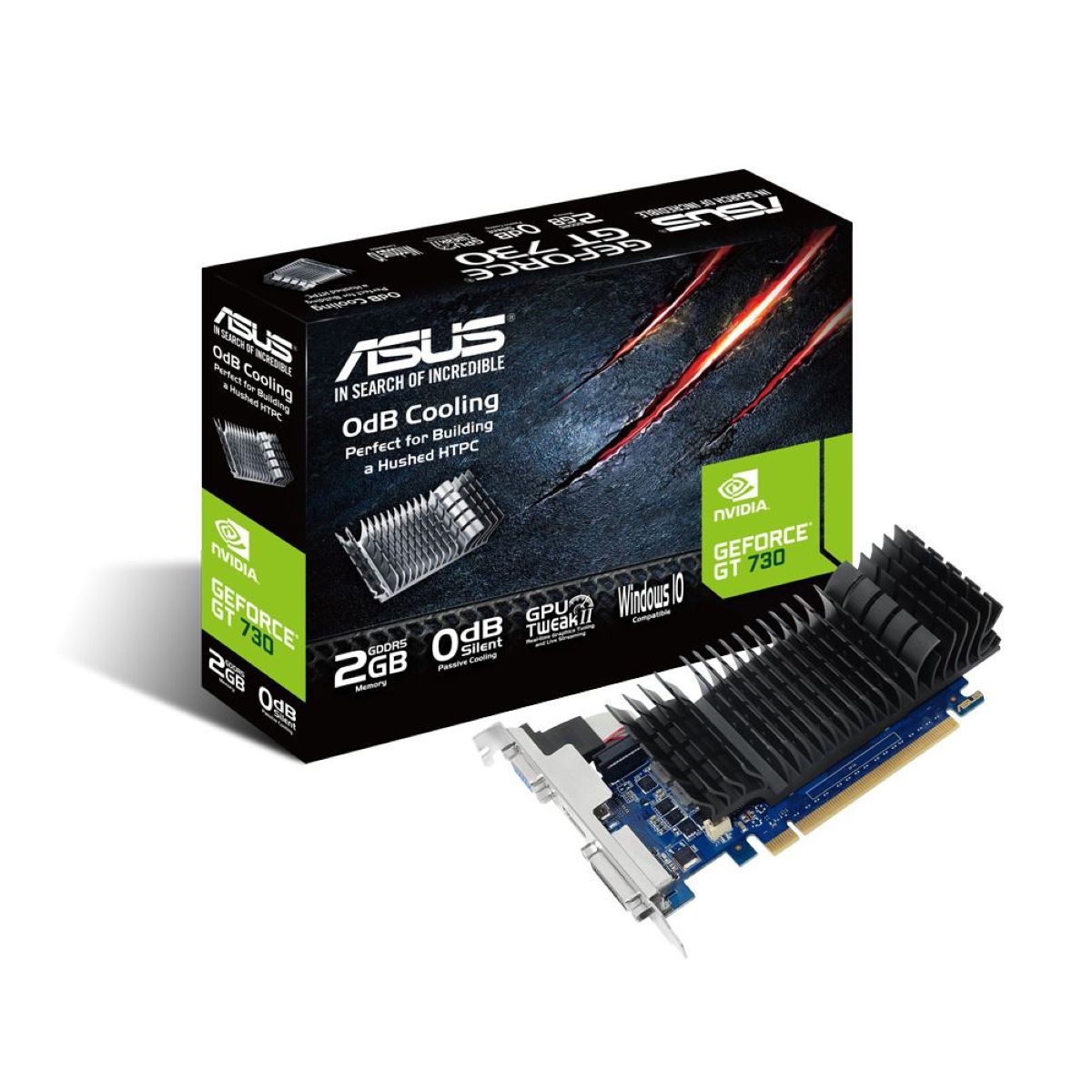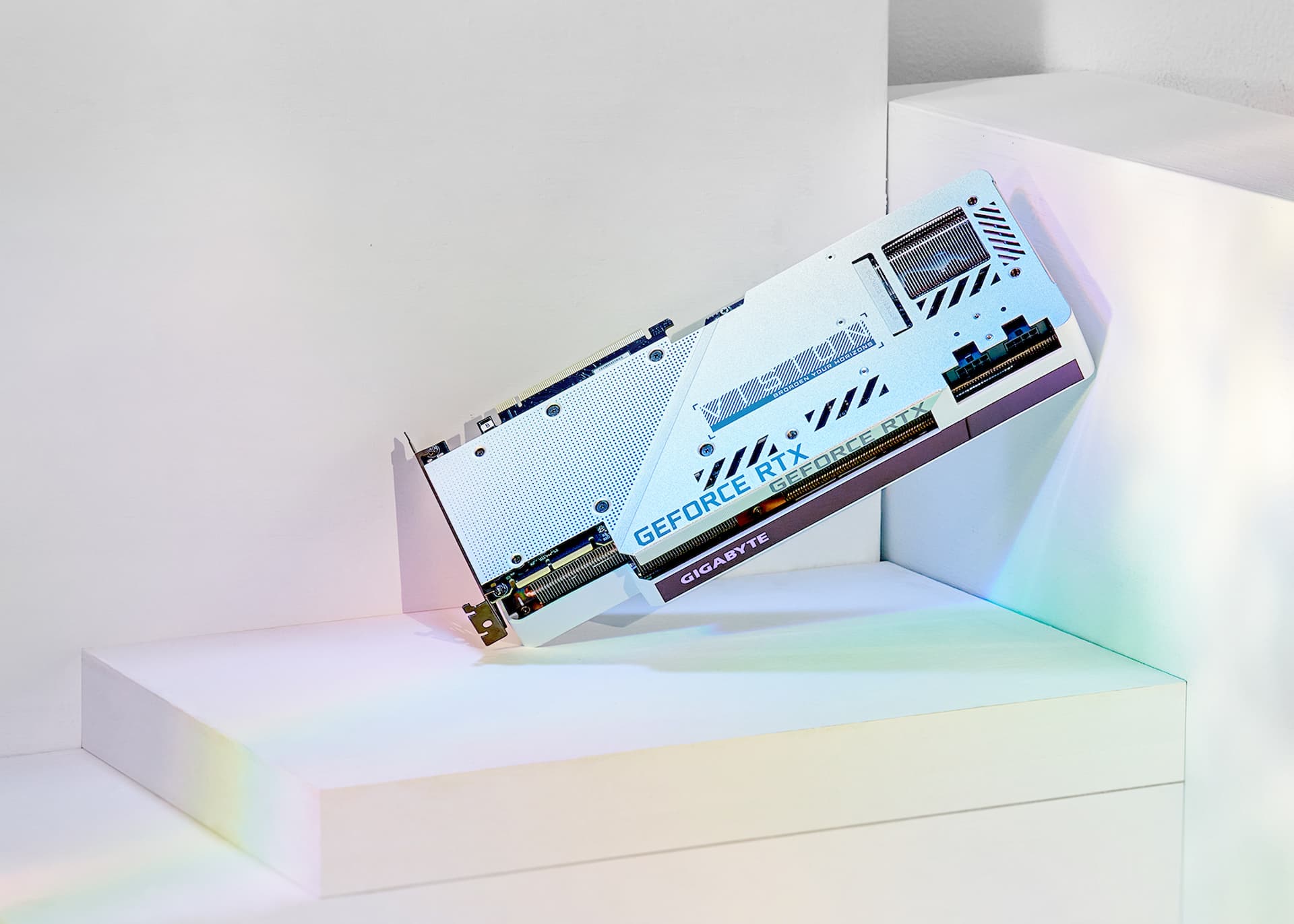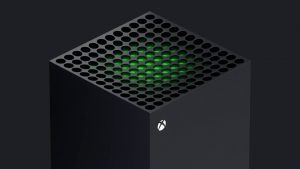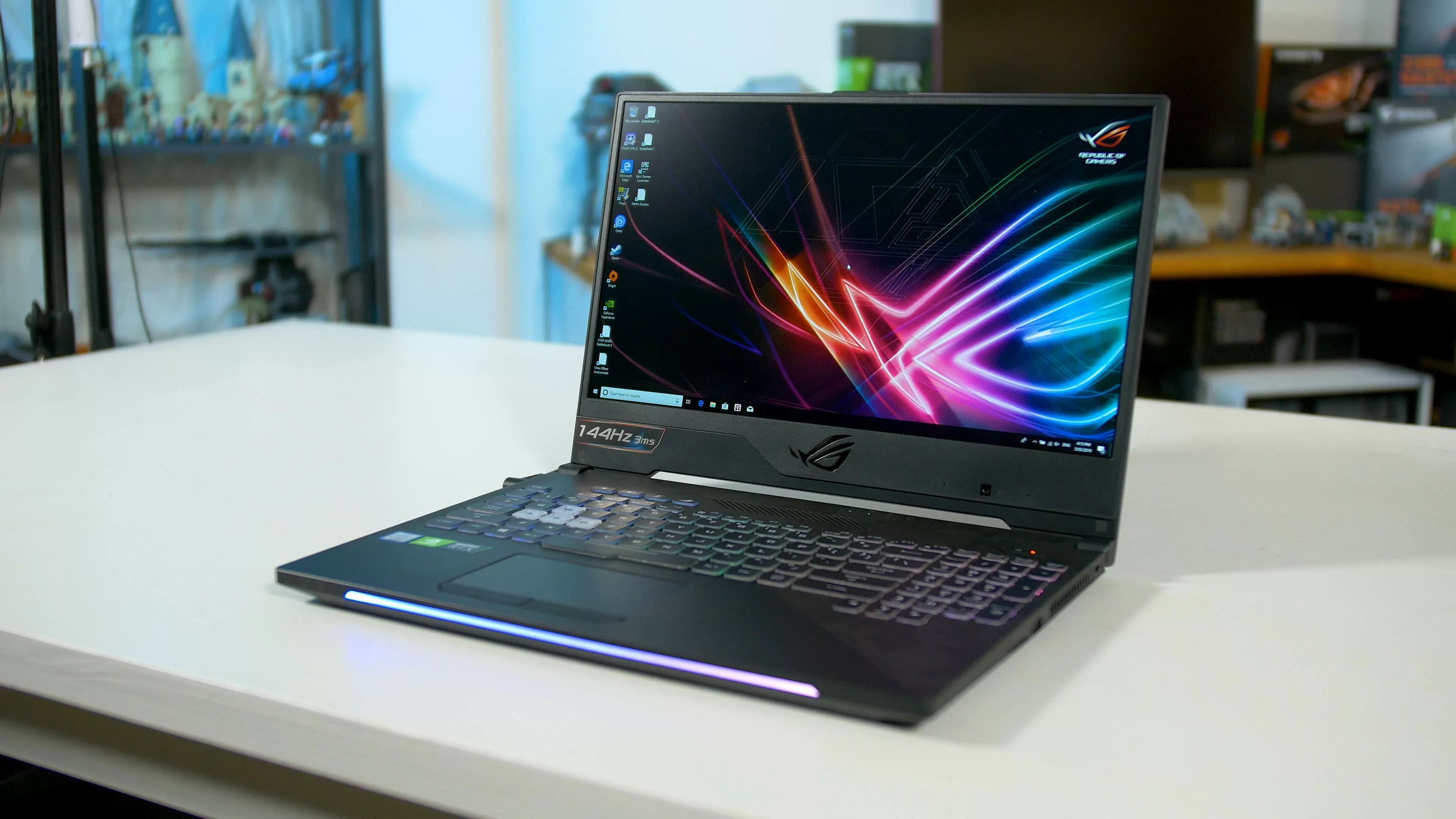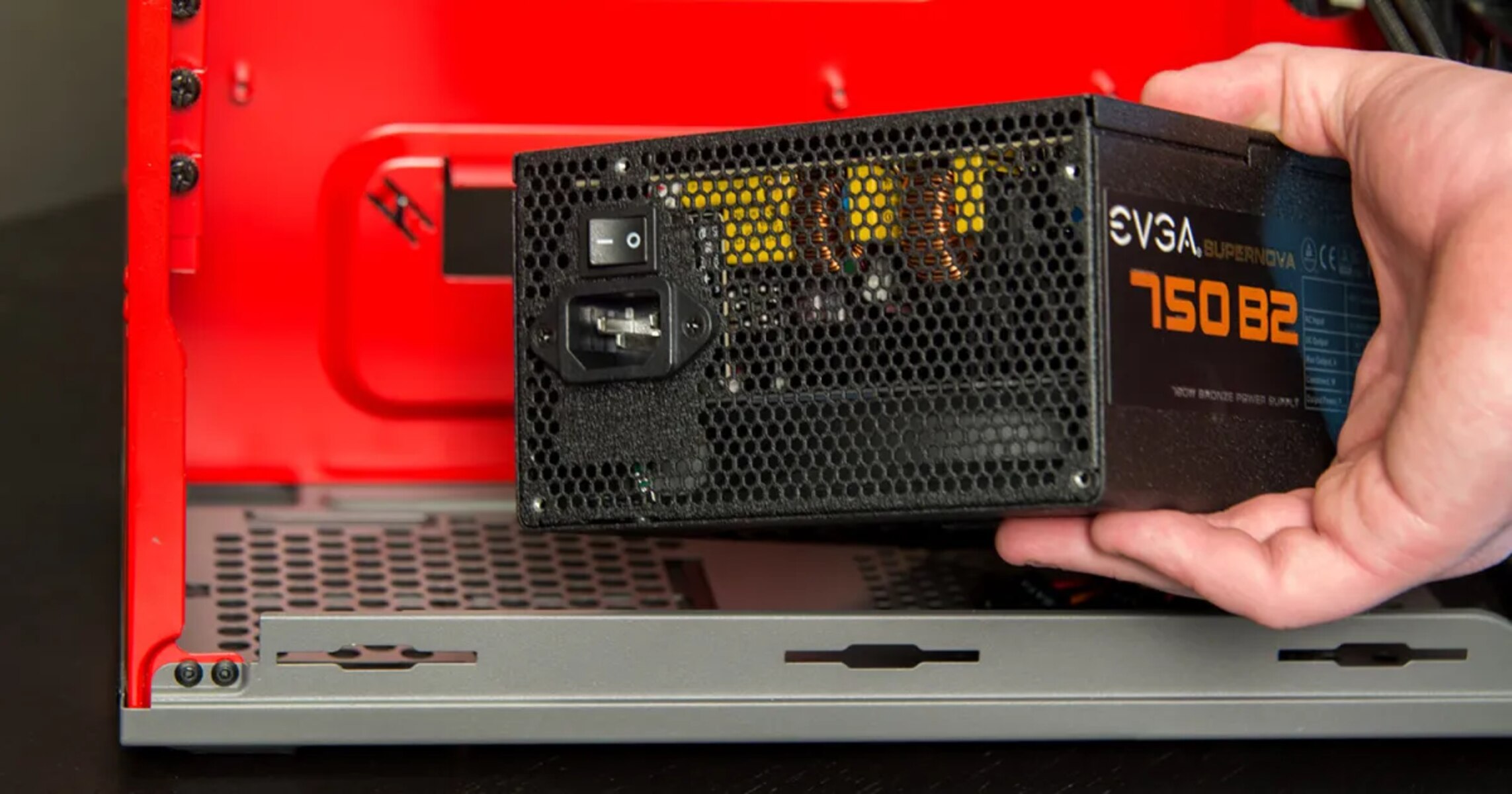Introduction
When it comes to checking the specifications of your GPU (Graphics Processing Unit), there are several methods you can utilize. Whether you’re a gamer, a content creator, or simply curious about your computer’s hardware capabilities, knowing your GPU’s specs is crucial for understanding its performance and compatibility with certain software applications.
In this article, we will explore various methods to check GPU specs on different operating systems, including Windows, Mac, and Linux. These methods range from built-in system tools to third-party software solutions, all of which provide detailed information about your GPU’s specifications such as the model, VRAM (Video Random Access Memory), clock speed, and more.
Before diving into the methods, it’s worth noting that GPU specifications can play a significant role in determining the overall performance of your system in graphics-intensive tasks such as gaming, video editing, and 3D rendering. By having a clear understanding of your GPU’s capabilities, you can make informed decisions about software compatibility, driver updates, and hardware upgrades.
Knowing the exact details of your GPU can also help troubleshoot any performance-related issues or identify potential bottlenecks in your system. For example, if you’re experiencing lag or low frame rates in a game, knowing your GPU’s specifications can help determine if it meets the minimum requirements for optimal gameplay.
Whether you’re a casual user looking to satisfy your curiosity or a power user in need of detailed GPU insights, the following methods will guide you through the process of checking your GPU’s specifications on different operating systems. So, let’s dive in and explore these methods step by step.
Method 1: Using Windows System Information
One of the easiest and quickest ways to check GPU specs on a Windows computer is by using the built-in System Information tool. Here’s how to do it:
- Open the start menu and type “System Information” in the search bar. Click on the “System Information” app that appears in the search results.
- In the System Information window, navigate to the “Components” section in the left sidebar and expand it.
- Scroll down and click on the “Display” option.
On the right side of the window, you will see detailed information about your GPU, including the name of the GPU model, driver version, and the amount of VRAM.
Additionally, you can find more details by expanding the “Display” option. This will show you information such as the adapter type, resolution, refresh rate, and more.
By using the System Information tool, you can quickly gather essential information about your GPU without the need for any third-party software. This method is particularly useful if you want a brief overview of your GPU specs.
Keep in mind that the System Information tool provides basic information about your GPU, so if you need more in-depth details, consider using alternative methods such as GPU-Z or CPU-Z, which we will cover in the following sections.
Method 2: Using Device Manager
Another way to check GPU specifications on a Windows computer is by using the Device Manager. The Device Manager provides a comprehensive overview of all the hardware components installed on your system, including the GPU. Here are the steps to follow:
- Open the start menu and search for “Device Manager”. Click on the “Device Manager” app in the search results.
- In the Device Manager window, locate and expand the “Display adapters” category.
- You will see the name of your GPU listed under the “Display adapters” category. Right-click on the GPU name and select “Properties”.
In the GPU properties window, you will find detailed information about your GPU, including the manufacturer, model, driver version, and other specifications. You can navigate through the different tabs to explore various aspects, such as the driver details or the resources used by the GPU.
Using the Device Manager is a convenient method to check GPU specs, especially if you are already familiar with navigating through Windows settings. However, keep in mind that the information provided may not be as extensive as what you can obtain through specialized software like GPU-Z or CPU-Z.
If you need more detailed information about your GPU, consider using the next methods we will discuss.
Method 3: Using GPU-Z Software
For a more comprehensive overview of your GPU’s specifications, you can utilize third-party software like GPU-Z. GPU-Z is a free utility that provides detailed information about your graphics card, including GPU model, clock speeds, temperature, and more. Here’s how to check GPU specs using GPU-Z:
- Download and install GPU-Z from the official website (https://www.techpowerup.com/gpuz/). Ensure that you download it from a trusted source.
- Once installed, launch GPU-Z. The tool will automatically detect and display information about your GPU.
- In the GPU-Z interface, you will find various tabs, each containing specific details about your graphics card.
- Explore the tabs to find the information you’re interested in. The “Graphics Card” tab, for example, displays the GPU model, GPU clock speeds, memory size, and other relevant specifications.
GPU-Z offers more advanced features as well, such as monitoring real-time GPU statistics and creating reports of your GPU hardware. It is an excellent tool for enthusiasts, gamers, and professionals who require in-depth information about their GPUs.
While GPU-Z provides detailed information, it is important to note that it is primarily focused on graphics card specifications and may not provide in-depth details about other hardware components. For a comprehensive overview of your entire computer’s specifications, consider using additional tools like CPU-Z, which we’ll discuss next.
Method 4: Using CPU-Z Software
In addition to GPU-Z, you can also utilize CPU-Z software to obtain detailed information about your GPU and other hardware components. CPU-Z is a free utility that provides comprehensive system information, including CPU, GPU, memory, and motherboard details. Here’s how to check GPU specs using CPU-Z:
- Download and install CPU-Z from the official website (https://www.cpuid.com/softwares/cpu-z.html). Ensure that you download it from a trusted source.
- Once installed, open CPU-Z. The main interface will display information about your CPU.
- Click on the “Graphics” tab at the top of the CPU-Z window.
- In the Graphics tab, you will find detailed information about your GPU, including the GPU model, core clock, memory size, and other relevant specifications.
CPU-Z provides a wealth of information about your entire system, not just your GPU. You can explore other tabs in the software to gather details about your CPU, memory, motherboard, and more.
By using CPU-Z alongside GPU-Z, you can obtain a comprehensive overview of your computer’s hardware specifications. This is especially useful if you need to check compatibility or plan to upgrade specific components.
It’s worth noting that CPU-Z is primarily focused on providing detailed information about hardware components and may not offer advanced features like real-time monitoring. If you require such features, consider using specialized monitoring software that is designed specifically for GPU statistics.
Method 5: Checking GPU Specs on Mac
If you’re using a Mac and want to check your GPU’s specifications, you can easily access this information through the built-in system tools. Here are the steps to follow:
- Click on the Apple menu in the top-left corner of your screen and select “About This Mac.”
- In the Overview tab of the About This Mac window, click on the “System Report” button.
- The System Information window will open, providing a detailed overview of your Mac’s hardware components.
- In the left sidebar, under the “Hardware” category, click on “Graphics/Displays.”
In the Graphics/Displays section, you will find information about your GPU, including the GPU model, VRAM size, and GPU driver details. You can expand the display option to gather more specifics about your monitor’s resolution, refresh rate, and other display-related information.
Apple’s System Information tool provides a simple and straightforward way to access your Mac’s hardware specifications, including the GPU. By using this method, you can quickly find the information you need without the need for third-party software or complex procedures.
With the GPU specs in hand, you can ensure compatibility with software applications, verify hardware requirements for demanding tasks like video editing or gaming, and make informed decisions about future upgrades or optimizations.
Method 6: Checking GPU Specs on Linux
If you’re using a Linux-based operating system, you can obtain GPU specifications through various command-line tools. These tools provide detailed information about your GPU and its capabilities. Here are a few commonly used methods:
- lshw: Open the terminal and type “sudo lshw -C display”. This command will display detailed information about your GPU, including the vendor, model, and driver details.
- glxinfo: In the terminal, type “glxinfo | grep ‘OpenGL renderer'”. This command will provide information about your GPU’s OpenGL capabilities, including the GPU model and GPU driver.
- nvidia-smi: If you have an NVIDIA GPU and the NVIDIA drivers installed, you can use the “nvidia-smi” command to gather real-time information about your GPU, including GPU usage, memory usage, and clock speeds.
These command-line tools offer a quick and reliable method to check your GPU’s specifications on Linux. However, depending on your specific distribution and GPU drivers, the availability and functionality of these tools may vary. You can refer to your distribution’s documentation or community forums for guidance on accessing GPU information using command-line tools.
Additionally, some Linux desktop environments, such as GNOME or KDE, may provide graphical system information applications that allow you to explore your system’s hardware specifications, including your GPU. You can search for such applications in your distribution’s software repositories to check if they are available.
By utilizing these Linux-specific methods, you can easily access your GPU’s specifications and gather the necessary details to ensure compatibility with software applications, monitor performance, or troubleshoot any potential issues.
Conclusion
Checking the specifications of your GPU is essential for understanding its capabilities and compatibility with software applications. Regardless of the operating system you use, there are several methods available to access your GPU’s specifications.
If you’re using a Windows computer, the built-in System Information tool and Device Manager provide convenient ways to check your GPU’s specs. Both methods offer basic information about your GPU without the need for additional software.
For more detailed information, third-party software like GPU-Z and CPU-Z can provide comprehensive insights into your GPU’s specifications. These tools offer in-depth details about your GPU’s model, clock speeds, VRAM, and more.
Mac users can easily access their GPU’s specifications through the System Information tool, providing a straightforward way to gather the necessary details about their GPU’s model and VRAM size.
Linux users can utilize command-line tools such as lshw, glxinfo, and nvidia-smi to check their GPU’s specifications. These tools offer reliable information about the GPU model, driver details, and OpenGL capabilities.
By knowing your GPU’s specifications, you can make informed decisions about software compatibility, hardware upgrades, and troubleshooting any performance-related issues. Understanding your GPU’s capabilities is particularly vital for gamers, content creators, and professionals who rely on their graphics card’s performance for their work.
Whether you choose to use the built-in system tools or third-party software, the methods outlined in this article should help you easily access and understand the specifications of your GPU, regardless of the operating system you are using.







